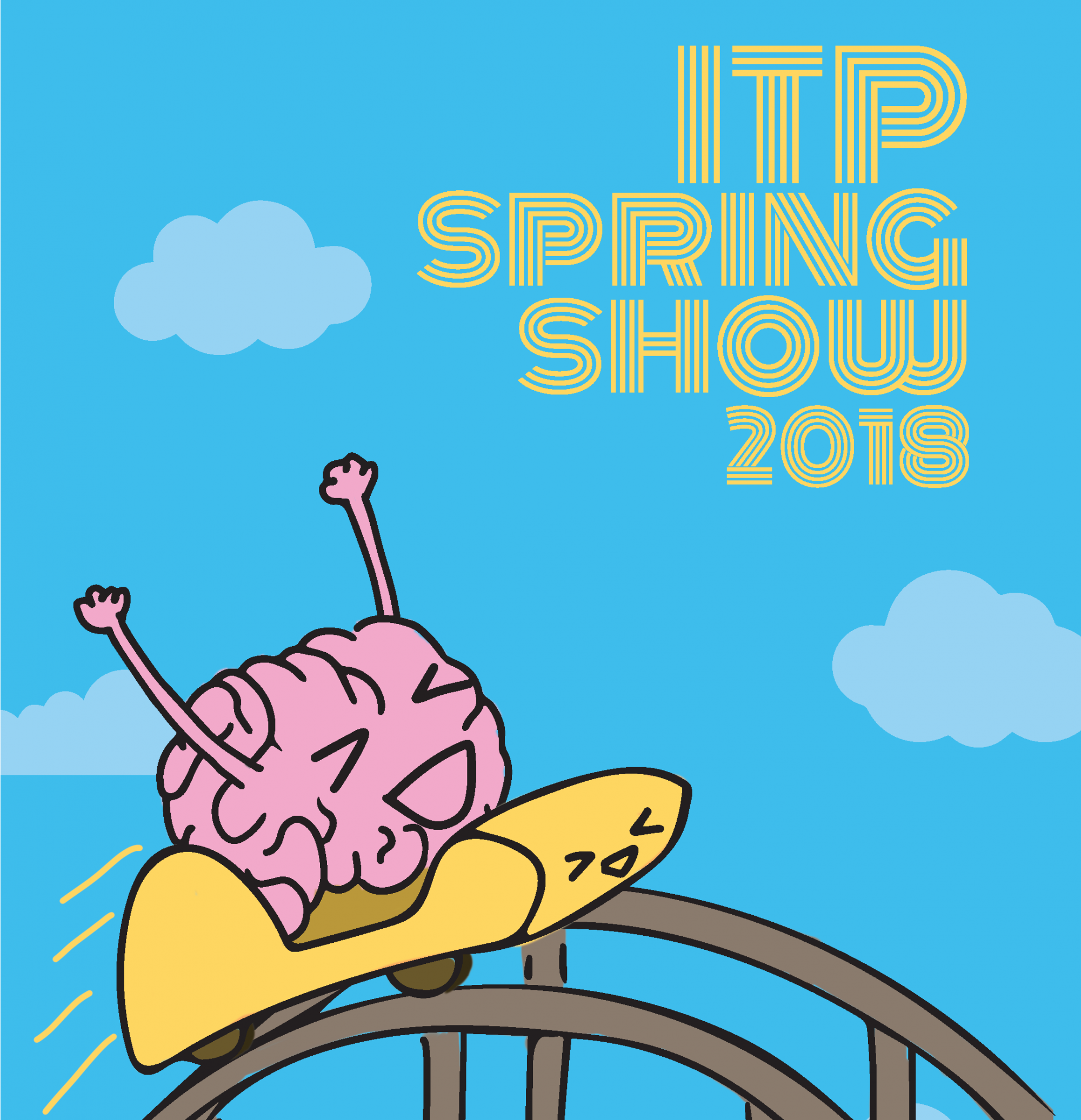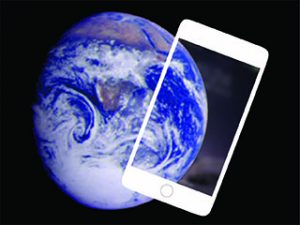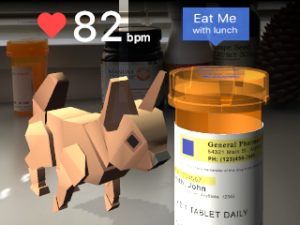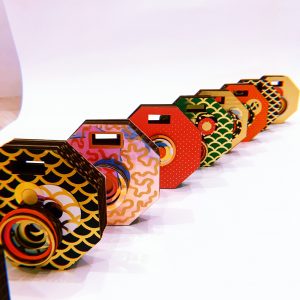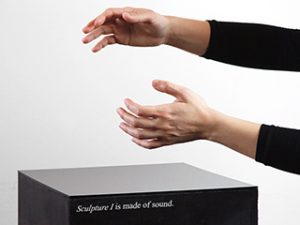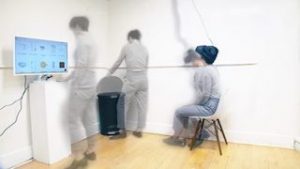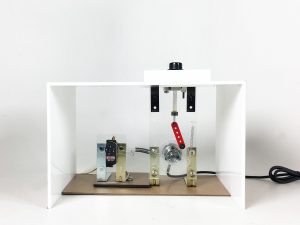Cristobal Valenzuela
Constant increases in computer power and the proliferation and access to large databases have allowed machine learning to rapidly impact our society. While commercial applications can be found everywhere, experimentation of new prototypes and techniques remains – for the most- confined to computer scientists or engineers and has a limited reach to other fields. My thesis will try to explore who can a digital tool simplify the approachability and exploration of machine learning models in other disciplines. I will specifically focus my research on giving better access to state of the art machine intelligence techniques to artists and designers.<br /><br />
<br /><br />
Given this framework, I will like to explore questions like:<br /><br />
<br /><br />
– How can modern machine learning models be accessible for people outside of the realm of computer science?<br /><br />
<br /><br />
– Can we have machines and humans collaborate in a generative process using tools that simplify how the two work together?
Description
Building on previous and current work I have been developing at ITP, I will like to produce a system that allows artists and designers to experiment with state of the art ML models. My thesis project, called Runway, will be a tool that will take the form of a desktop application for all major operating systems; MacOs, Windows, and Linux. Wrapping typical and common practices when handling and using machine intelligence architectures. Input manipulation, process, modification, evaluating and outputting will be managed and automatized. This will enable the creators to focus on handling the model the right inputs and on using the outputs the model will produce in any given way.
Just as Computer Vision (CV), another branch of artificial intelligence, gain popularity among artists in the early 2000s with tools like OpenCV, ML has the opportunity to have a higher reach among artists due to its general set of applications in image processing, text analysis, and content generation.
One main feature of Runway will be that it will not be focused on data pre-processing, training, transfer learning, architecture optimizing or any other characteristic of creating custom and personalized machine learning models. Instead, it will be centered on using pre-trained, proven and working models that can output constant values for given inputs. For example, some of this models might include: image recognition, pose estimation, feature detection, image segmentation, text and sound generation and general classifiers.
I envision the working prototype as a GUI that is compromised of a series of variable options allowing artists and creators to experiment and explore ML models. As part of this process, I would like to create a series of collaboration with featured artists, whose practice has not been influenced by this technology, and have them propose and execute small works with Runway.
Classes
Thesis
